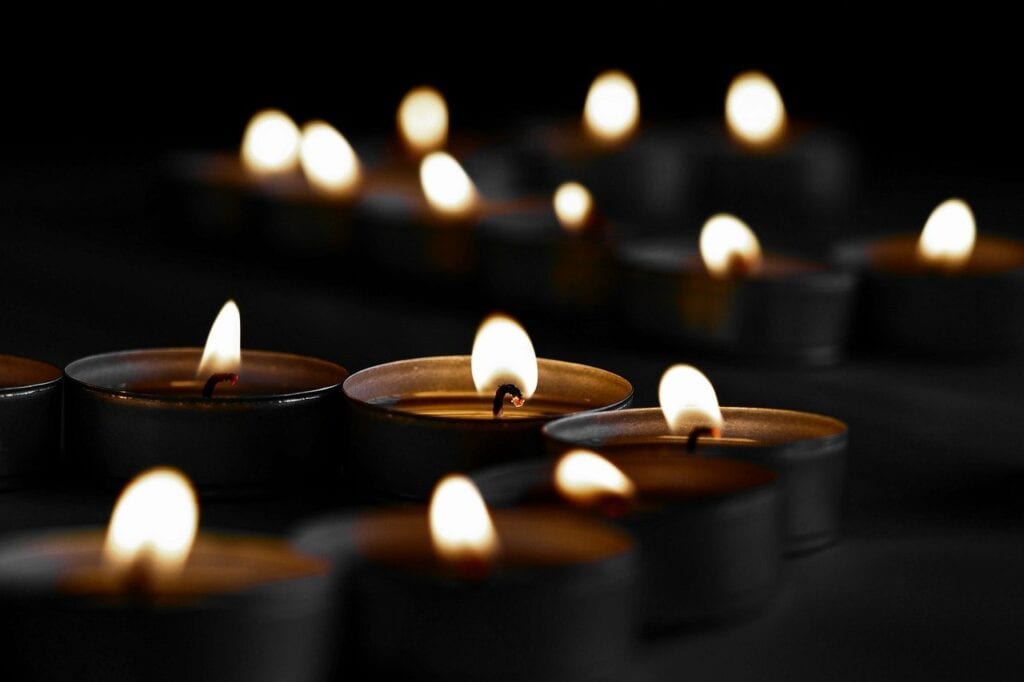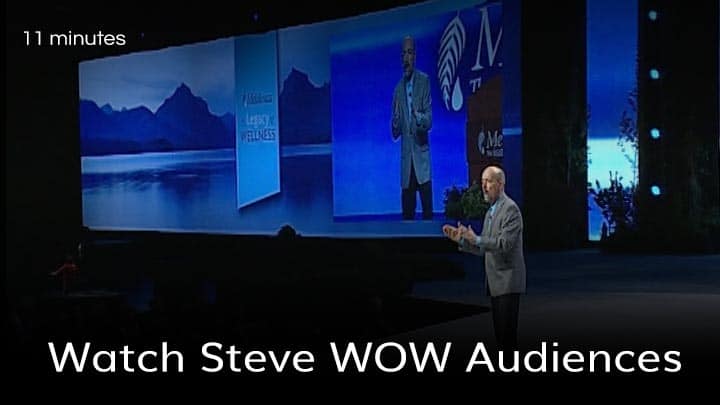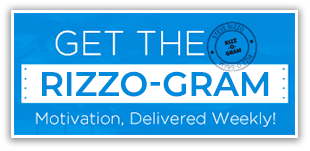Blog
Prayer in the Workplace
Finding Strength and Clarity When Business Gets Tough
Prayer in the workplace? Hear me out. Let me share something that might surprise you. In my years as a keynote speaker working with everyone from Fortune 500 executives to small business owners, I’ve discovered an interesting pattern. When I ask audiences what helps them navigate their toughest business challenges, an unexpected answer keeps coming up: prayer.
Now, before you think this is going to turn into a sermon, let me be clear. This isn’t about converting anyone or pushing a particular belief system. What I’ve learned is that prayer in the workplace, regardless of your faith tradition or even if you don’t identify with any organized religion, serves as a powerful tool for clarity, resilience, and decision-making in high-pressure environments.
The Reality of Prayer in Corporate America
Here’s something most business leaders won’t tell you in a boardroom meeting: they pray. Whether it’s before a major presentation, during a crisis, or when facing a decision that affects hundreds of employees, many of the most successful people I know have some form of prayer practice.
A study by the Pew Research Center found that roughly half of Americans say they pray daily, and that includes business professionals at every level. But here’s what makes this fascinating: prayer isn’t limited to those who attend religious services regularly. Many people who describe themselves as spiritual but not religious, or even some who identify as agnostic, still maintain some form of prayer practice.
Prayer in the Workplace: What Prayer Actually Does in a Business Context
Let’s get practical. What does prayer look like in a corporate setting, and why would it matter to your bottom line?
Prayer Creates Mental Space
In business, we’re constantly reacting. An email comes in, we respond. A problem arises, we fix it. A competitor makes a move, we counter. This reactive mode is exhausting and often leads to poor decisions made in haste.
Prayer, whether it’s a traditional religious prayer, meditation, or simply taking a moment to breathe and reflect, creates crucial mental space. It’s hitting the pause button in a world that never stops moving. This space allows you to shift from reactive to responsive, from panicked to purposeful.
I’ve seen executives who start their day with prayer or meditation make dramatically better decisions than those who jump straight from their alarm clock into their inbox. That ten minutes of intentional reflection sets the tone for everything that follows.
What Else Does Prayer Do?
Prayer Provides Perspective
When you’re in the middle of a business crisis, everything feels urgent and catastrophic. The deal that fell through, the client who left, the product launch that flopped, these moments can consume your entire mental bandwidth.
Prayer has this remarkable ability to zoom out the lens. Whether you’re praying to a higher power or simply taking time to reflect on the bigger picture, the act itself reminds you that this moment, as challenging as it is, is just one moment in a larger story.
I remember talking to a CEO who was devastated after losing a major contract. He told me that his morning prayer practice helped him realize something important: this setback, while painful, wasn’t the end of his story. That perspective shift allowed him to move from despair to action, and within six months, his company had landed three contracts that more than made up for the loss.
Prayer Builds Resilience
Here’s something I learned the hard way during my transition from comedy to speaking. Business is full of rejection, failure, and setbacks. If you don’t have something to anchor you during those storms, you’ll get swept away.
For many business professionals, prayer serves as that anchor. It’s not about asking for problems to disappear; it’s about finding the strength to face them. It’s about reconnecting with your purpose, your values, and your resolve when everything around you seems to be falling apart.
Think of prayer as a resilience practice. Athletes don’t just show up on game day; they train consistently to build the strength and stamina they need to perform under pressure. Prayer works the same way. It’s not just for crisis moments; it’s a daily practice that builds your capacity to handle whatever comes your way.
Prayer Doesn’t Require Traditional Faith
Here’s where this gets really interesting. You don’t need to believe in a traditional concept of God to benefit from prayer. I’ve met atheists who maintain a practice they call prayer because it serves a functional purpose in their lives.
Some people pray to the universe. Others pray to their higher self. Some simply use prayer as a structured time for deep reflection and intention-setting. The common thread isn’t the belief system behind it; it’s the practice of intentionally stepping away from the chaos to connect with something beyond the immediate problem.
A tech entrepreneur I know, who openly identifies as non-religious, told me he starts every day with what he calls “intention setting.” He sits quietly, reflects on what matters most, and sets his intentions for the day. When I asked if he considers it prayer, he laughed and said, “I don’t know what else to call it.”
Call it what you want. The practice is what matters.
Prayer in the Workplace: Creating Space for Prayer in Your Workday
So how do you actually incorporate prayer into a busy business schedule? You don’t need to turn your office into a chapel or make grand announcements. Here are some practical approaches I’ve seen work:
The Morning Foundation
Start your day with prayer before you check your phone, before you read emails, before you dive into the chaos. Even five minutes can set a completely different tone for your day. This is your time to get grounded, to remember what matters, and to approach the day from a place of calm rather than reaction.
The Decision Checkpoint
Before making major decisions, take a prayer moment. This could be in your office with the door closed, during a walk around the block, or even in your car in the parking lot. Use this time to reflect on the decision, consider different perspectives, and check in with your gut instincts.
The Stress Release Valve
When stress levels spike, prayer can serve as a pressure release valve. Feeling overwhelmed by deadlines? Take three minutes for prayer or reflection. Anxious about a presentation? Step away for a moment of prayer. These micro-practices throughout the day can prevent burnout and maintain your mental clarity.
The Evening Review
End your workday with a moment of prayerful reflection. What went well? Are there things that could have gone better? What are you grateful for? This practice helps you leave work at work and transition into your personal life with a clear mind.
The Business Case for Prayer
Let’s talk results because in business, that’s what matters. While prayer might seem like a soft skill, its effects are anything but soft.
Leaders who maintain a regular prayer or reflection practice consistently report better decision-making. They’re less reactive, more thoughtful, and better able to see multiple perspectives before committing to a course of action.
Prayer also correlates with reduced stress and better emotional regulation. In high-pressure business environments, the ability to stay calm and centered gives you a massive competitive advantage. While others are panicking, you’re thinking clearly.
There’s also the creativity factor. Some of the best business insights come not from grinding harder but from stepping back and allowing your mind to make new connections. Prayer and reflection create this space for insights to emerge.
Navigating Prayer in Diverse Workplaces
One concern I hear from leaders is about respecting diverse beliefs in the workplace. This is important, and the solution is simpler than you might think.
Prayer in the workplace doesn’t mean imposing your beliefs on others. It means creating a culture that respects the practice of reflection, mindfulness, and finding meaning, whatever form that takes for each individual.
Some companies have quiet rooms where employees can pray, meditate, or simply decompress. Others are flexible about allowing people to step away for moments of reflection. The key is respecting that people find strength and clarity in different ways.
I’ve spoken at companies where the CEO opens meetings with a moment of silence, explicitly framing it as time for people to pray, meditate, or simply gather their thoughts however they choose. This inclusive approach respects everyone’s beliefs while acknowledging the value of intentional reflection.
Prayer in the Workplace: When Challenges Hit, Prayer Becomes Essential
Here’s what I’ve observed: the executives and entrepreneurs who weather storms best are usually the ones with some form of spiritual or reflective practice. When the market crashes, when competition intensifies, when internal conflicts arise, these leaders have a foundation to stand on.
Prayer doesn’t make problems disappear. Let me be clear about that. You’ll still have difficult decisions to make, tough conversations to have, and challenges to overcome. What prayer does is give you a stable platform from which to address those challenges.
Think of it this way: when you’re standing on solid ground, you can handle being pushed. But when you’re already off-balance, even a small push can knock you over. Prayer is how you maintain that solid ground, especially when everything around you is shifting.
Making Prayer Work for You
The beauty of prayer in a business context is that it’s entirely personal. There’s no one right way to do it. Some people use traditional religious prayers. Others create their own words. Some prefer silence and meditation. Some journal their prayers.
What matters is that you create a practice that resonates with you and that you can maintain consistently. A simple two-minute prayer practiced daily will serve you better than an elaborate ritual you only do occasionally.
Start small. Try beginning just one day this week with five minutes of prayer or reflection before diving into work. Notice how you feel. Notice how you respond to challenges that day. Experiment with different approaches until you find what works for you.
The Unexpected Competitive Advantage
Here’s something that might shift your perspective: in a business world where everyone has access to similar information, technology, and strategies, your inner state becomes your differentiator. The leader who can maintain clarity, perspective, and resilience has a genuine competitive advantage.
Prayer cultivates these qualities. It’s not magic, and it’s not a shortcut. It’s a practice that, over time, strengthens your capacity to lead effectively even in the most challenging circumstances.
I’ve seen prayer help leaders navigate bankruptcies, hostile takeovers, market crashes, and personal crises while still showing up as their best selves for their teams. That’s not about supernatural intervention; it’s about having a practice that keeps you grounded when everything else is in chaos.
Prayer in the Workplace: Moving Forward with Prayer
Whether you’re a believer, a skeptic, or somewhere in between, I encourage you to consider the functional benefits of prayer in your business life. Set aside the theological debates for a moment and look at this as a practical tool for better leadership and decision-making.
Try it for thirty days. Start your day with five minutes of prayer, reflection, or intention-setting. Before major decisions, take a moment to step back and pray. When stress hits, use prayer as your reset button.
After thirty days, assess the results. Are you making better decisions? Are you less reactive? Do you feel more grounded? Let the results speak for themselves.
The most successful business leaders I know aren’t the ones with the most resources or the best connections. They’re the ones who’ve mastered their inner game, who can stay centered in chaos, and who lead from a place of clarity and purpose. For many of them, prayer is how they maintain that center.
You don’t need to shout it from the rooftops. You don’t need to convert anyone else. But don’t underestimate the power of this ancient practice to transform how you show up in your modern business life.
In a world that constantly demands more, moves faster, and never stops, prayer might be the most countercultural and most necessary practice for today’s business leader. Give it a try. Your business, your team, and your own wellbeing might just thank you for it.
About Steve Rizzo
Steve Rizzo is a Hall of Fame keynote speaker and former national headline comedian who helps business professionals shift their mindset from failure to success. Through his programs, Steve teaches commonsense success strategies that show people how much power they have over every aspect of their lives and careers. Learn more at steverizzo.com.


